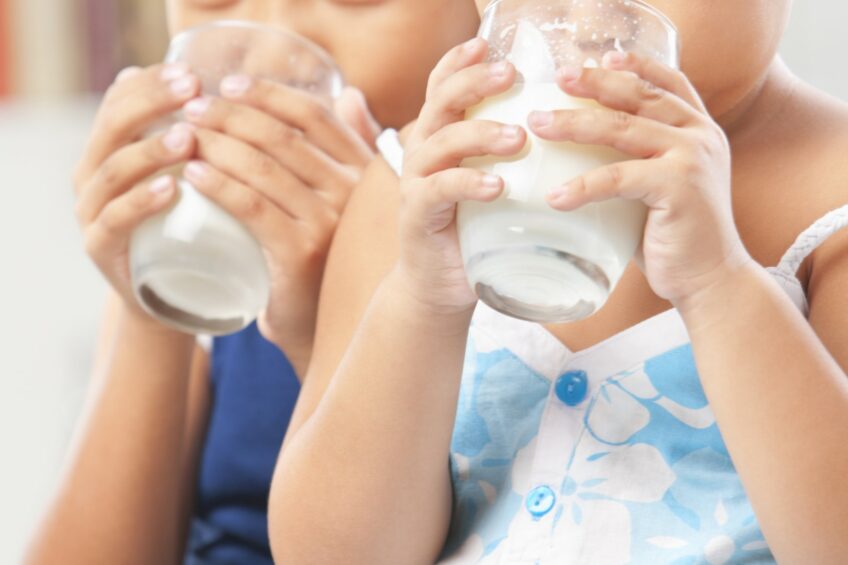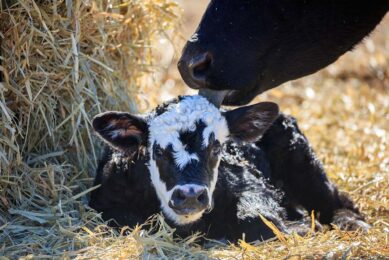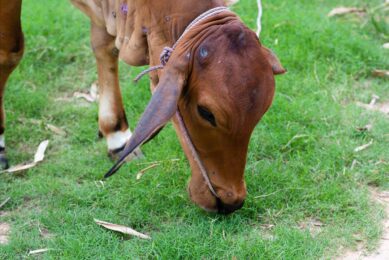What’s new in India, the world’s biggest milk producer

As noted in an October report by the US Department of Agriculture Foreign Agricultural Service (FAS), India has the largest herd of milked bovines (cows and water buffalo) in the world, making it the world’s largest milk producer – and growth is in the forecast.
Due to expected increases in the national herd, 62 million head is anticipated to be reached in 2025, which is a 0.8% increase from 2024.
The FAS New Delhi office forecasts that India’s total milk production will rise to 216.5 mmt next year. This will mean more milk is marketed but also more butter and skim milk powder. Fluid milk continues to be exported to Bhutan, Singapore, and the United Arab Emirates, while butter is increasingly exported to Middle Eastern countries.
FAS attributes growth in national milk production to a rising population and higher disposable incomes, as well as “increased government support for the dairy sector, the expected continuation of good weather, high milk prices and an absence of a major disease outbreak”.
New plants
The FAS also reports that there is an increasing number of dairy brands in India, with “extensive marketing boosting consumption demand for milk and processed milk products”.
Among new developments, in October, Britannia Bel Foods announced it would build a cheese factory to produce The Laughing Cow products. Britannia Bel Foods is a 2-year-old collaboration between India-based Britannia and Bel Groupe, the famous France-based producer of The Laughing Cow, Babybel, Boursin and other cheese brands.
Dairy Global also recently reported that Sid’s Farm is building multiple processing plants in Hyderabad and Bengaluru. Another of India’s largest integrated dairy firms, Dodla Dairy, is building an integrated plant to serve the Solapur and Dharashiv Districts in Maharashtra.
However, some small householder dairy and poultry farmers, among others, are defaulting on ‘microfinance’ loans in India. This is being blamed in part on inaccuracies in the reported income of loan recipients, overestimating their ability to re-pay these loans.
Government support
The FAS notes that in 2024 and 2025, the federal government of India has allocated more money to advance the dairy and livestock sector. There is more funding available to purchase cows and more technical support is also being offered to “enhance dairy infrastructure, marketing, quality control, feed and fodder availability, animal breeding and healthcare, livestock insurance, and more”.
Cooperative strength
Due to strong demand for dairy products, the FAS reports that farmers in India continue to receive lucrative prices, with prices of fluid milk and milk fat rising steadily, particularly in regions with active dairy cooperatives. There are government programmes that facilitate loans for cooperatives to pay favourable prices to farmers, mostly in the form of bonuses.
In October, Sundarini, a Sundarbans-based milk cooperative, won recognition at the third International Dairy Federation Awards in Paris for sustainable farming practices. This cooperative consists of 4,500 women farmers who produce 2,000 litres of milk per day.










